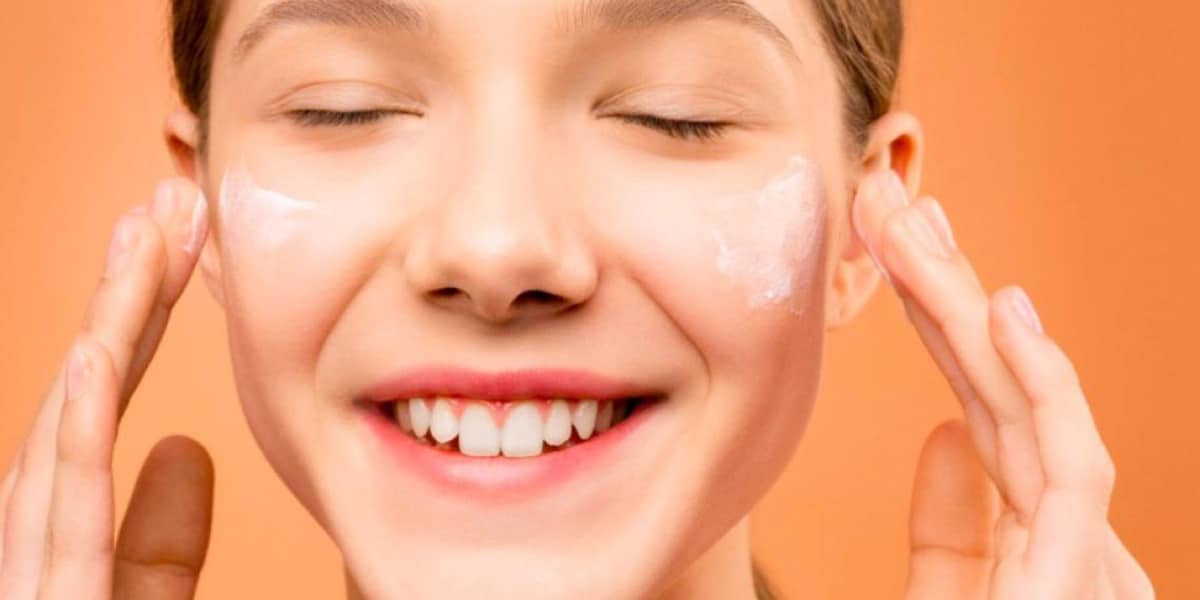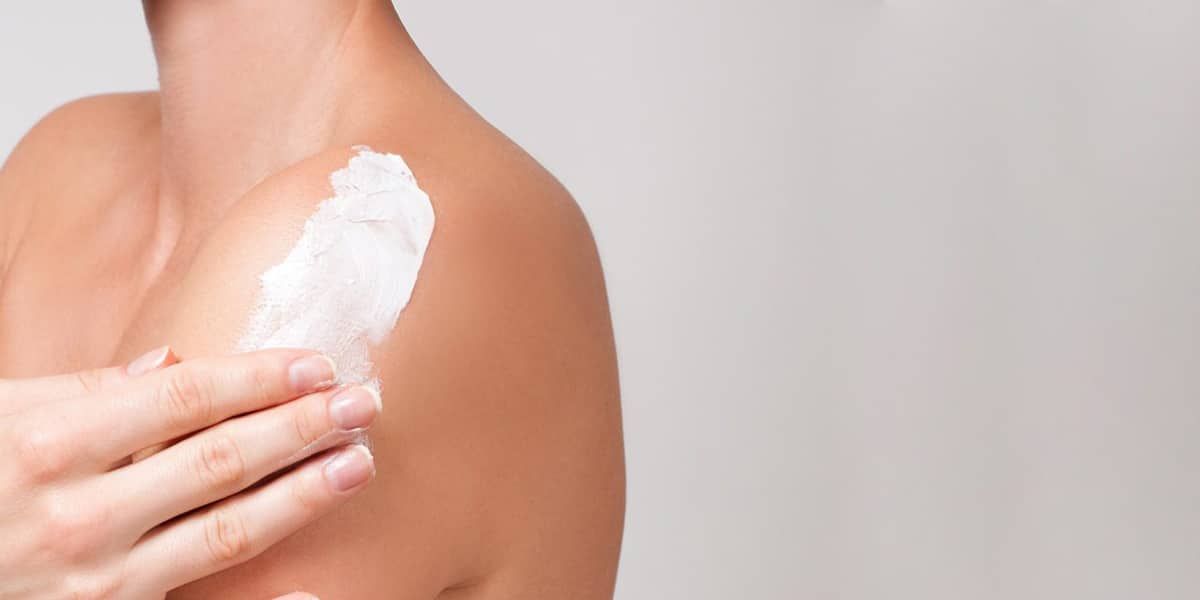
Spring is just a short time away, the good weather begins to bloom and the sun begins to shine more on Earth. A very large exposure to the sun could cause an invasive carcinoma, one of the worst news that a specialist could give us.
It is very important know how we should protect ourselves from the sun and its UV rays, since if we overdo the exposure and do not take care of our skin, we could have very serious consequences.
Having a tanned and even skin can be the great goal of many people, they want to show off a brown skin during the summer months. When the heat comes, with the higher temperature, we want to wear lighter clothes that makes us see more skin, either in the arms, legs or neckline.
Many other people do not seek so much to tan during the summer and stay away from the sun, however, if you are one of those who like to show off tanned skin, keep in mind our considerations to keep skin healthy and safe. Because many people do not take into account the risks of skin lesions from sun exposure.
If you spend a lot of time being hit by UV rays directly, it could have serious consequences. Beyond the possible typical burns, allergic reactions and even cancer can occur.
What is solar radiation?
In the first place, it is convenient to define what solar radiation is. To do this, we have to determine that this radiation is composed of an invisible and a visible radiation. UVA rays, and UVB rays with form the invisible radiation of light and are the generators of most skin pathologies.
La UVB radiation is the main responsible for the harmful effects, while UVA contributes between 10% and 20%. In the summer months, when we do outdoor activities, the rays are more aggressive and can cause problems if we do not protect ourselves.
Common skin injuries from sun exposure
When some type of skin lesion appears Due to sun exposure, it may be the result of not having taken care of the skin when tanning or having done an activity in the sun without protection.
If we do not use sun protection and other preventive measures we can suffer skin attacks which can become too serious.
Next, we detail which are the most common skin lesions that we can find on our skin.
UV burns
Sunburn is generated by ultraviolet radiation BThese can appear on any part of the body that is exposed, be it the arms, legs, ears, insteps or scalp. Some symptoms and signs of the most common burns are:
- The skin is warm to the touch.
- There is a edema.
- It is flushed area.
- There tenderness, itching y pain.
- Small are formed blisters.
- In severe cases, it can cause headache, nausea, fatigue, and fever.
These symptoms usually appear a few hours after sun exposure. The skin begins a process of peeling that leads to slow healing, sunburns cause pain, swelling and redness hours after sun exposure.
Premature aging of the skin
The sun causes all the damage produced by ultraviolet rays over the years, causing them to occur premature tissue deterioration or photoaging. All the areas that have been photo exposed, It may take an average of 20 years for the appearance of the signs of aging.
It increases the presence of actinic keratoses, wrinkles and spots. The sun is the generator of 80% of these manifestations on the skin.
Skin cancer
Cancer is no joke, so by the simple fact of being exposed to the sun, we have to take care of ourselves and protect ourselves adequately from UV rays. Sun exposure not only causes injuries such as burns, malignant skin lesions may also develop.
It is estimated that around 90% of cutaneous carcinomas occur in exposed areas such as the face, ears, neck, forearms and hands. Here are the most common types of cancer:
melanomas
Excessive, occasional and intermittent exposure to the sun are related to melanomas, it usually develops more frequently in people with fair eyes and skin who have suffered from sunburn in adolescence or childhood.
Although it is the least common type of skin cancer, in recent years the cases have increased. Its prognosis is to be diagnosed over 57 years, and 75% occur before 70 years.
Squamous cell carcinoma (SCC)
Squamous cell carcinoma (SCC), the cells that are affected are the most superficial of the epidermis, called spinous. They represent 20% of carcinomas of skin.
Those people who use tanning creams, increase 2,5 times the chances of developing it.
Basal cell carcinoma (BCC)
In this type of basal cell carcinoma (BCC) the cells involved in the carcinomaThey are located in the basal layer of the epidermis and are responsible for skin renewal. These are the most common skin tumors, accounting for 80% of the total.
Allergic reactions
Some people can develop an allergic condition from sun exposure. The most common form of manifestation is through the solar polymorphous eruption. It is characterized by causing a rash and itching in exposed areas.
In milder cases, they disappear on their own without having to carry out any treatment. However, when some type of treatment is required they can be done using tablets or topical corticosteroid products.
Avoid having skin lesions due to sun exposure
To avoid having skin lesions, the best is prevention so as not to suffer them. It is very important that whenever we want to sunbathe conscientiously, we wear sun cream with a protection of at least 50 SPF and protective clothing such as long-sleeved shirts, hats, or pants.
In the same way, it is advisable to go regularly to a specialist, it is important to visit the dermatologist for can determine whether the spot we have seen or the new different mole, is or is not carcinogenic, because there is no better treatment than prevention.


